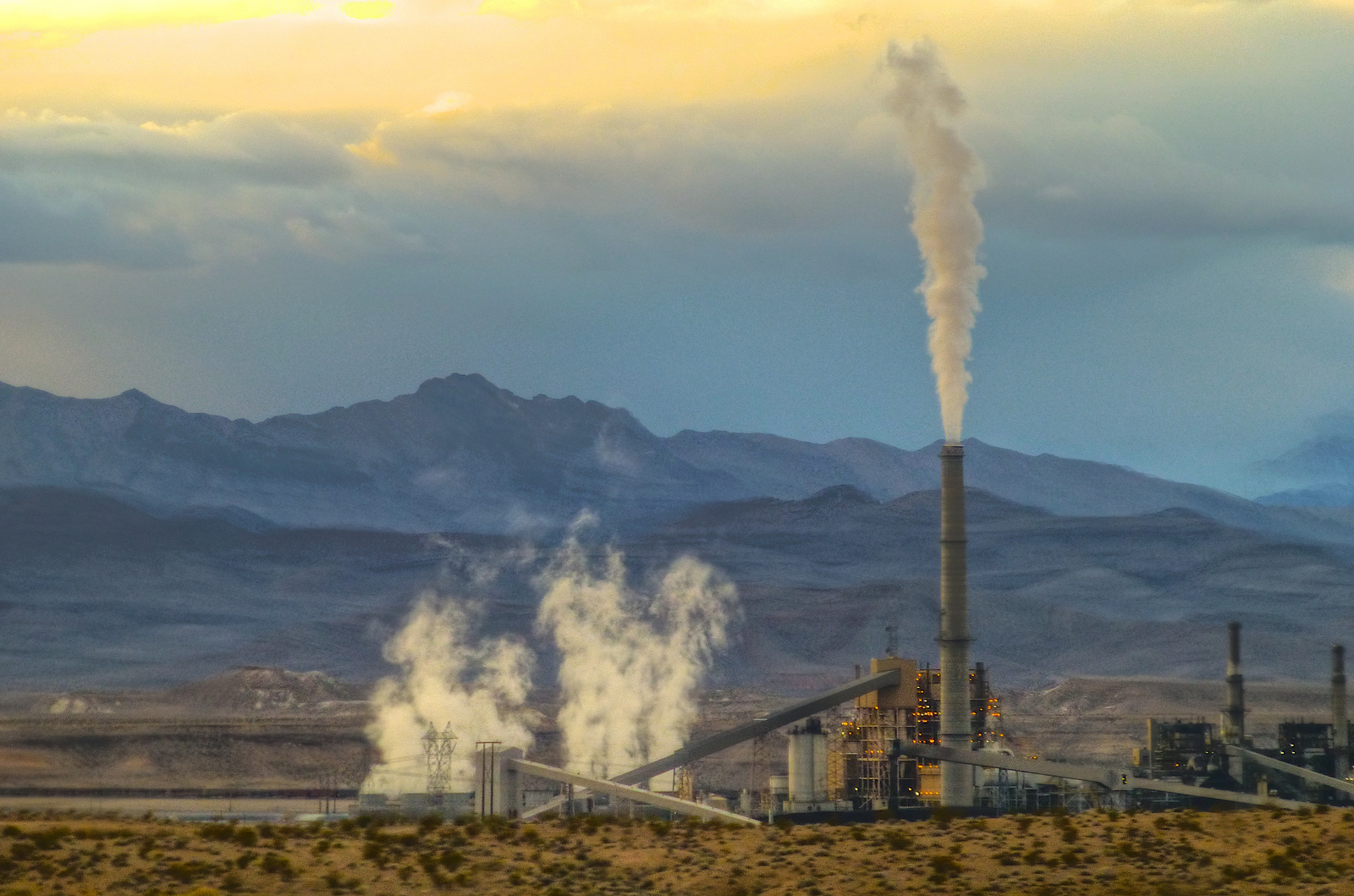John Upton mentioned this here yesterday, but I wanted to pause for a closer look, as I have been following this story for a while.
Last year, I wrote about the Reid Gardner coal-fired power plant in Nevada; the Paiute Native American tribe being poisoned by the plant; and the tragicomic efforts of the plant’s hapless owner, power utility NV Energy, to bamboozle the local media about it.
Then, last month, I wrote about the revelation that NV Energy falsified pollution reports from the Reid Gardner plant for a half-dozen years, crudely copying and pasting the same emissions data year after year. The Nevada Division of Environmental Protection wrote it off as “human error,” and, yeah, I suppose “being too stupid to get away with your scam” is an error of sorts.
Meanwhile, Harry Reid wants to close the plant and get Nevada off coal. The coal fleet is aging and new EPA regulations threaten to make upgrades even more expensive. And Nevadans overwhelmingly want cleaner energy.
So NV Energy has finally said: fuck it, coal is more trouble than it’s worth. On Wednesday, it rolled out a proposal to completely divest itself of coal assets, replacing the lost load with 60 percent natural gas, 40 percent renewables.
As part of the move NV Energy would shut three of the four boiler units in the Reid Gardner plant by 2014, and the fourth by 2017. That’s awesome, though the Paiute rightly remind us that coal leaves behind a toxic mess:
“Closing Reid Gardner is the just thing to do,” tribal chairman William Anderson said Wednesday. “This dirty coal plant has harmed our people’s health for decades.”
But he said the closure is “only half of what’s needed.”
“The facility’s coal ash ponds and landfill leach toxics into the groundwater, and dust from coal, coal ash and poisonous residue pollutes our reservation day in, day out,” Anderson said.
Who’s going to pay for all that remediation? I bet it won’t be NV Energy stockholders and executives.
The utility would also divest from the Navajo and Valmy coal plants in 2017 and 2025 respectively. Here’s where things stand now:
The utility expects to submit its plans to the Public Utility Commission of Nevada within a year. The PUC would have 210 days to review and approve the retirement of power plants, the construction of new ones and other aspects of the transition away from coal.
The commission also will consider rate increases — 3.84 percent a year for 20 years, on average — NV Energy expects to need to help pay for the conversion, which could generate as many as 4,700 construction jobs and 200 operation and maintenance jobs.
Many of the media accounts fail to note this, but NV Energy says the rate increases are less than what would be necessary to maintain the current fleet and bring it up to code. (People always forget this — the status quo has costs too.)
One other interesting aspect of the proposal is that Nevada’s PUC would not have the power to reject NV’s plan to get off coal, only to modify it. NV insists that’s no big deal, since modification could be substantial, but the PUC is not a fan and some ratepayer groups are also making noise. I strongly suspect the shift off coal will not cost as much as NV now projects, but nonetheless, it’ll be interesting to watch the early politics play out.
NV Energy’s shift is a sign of the times: In the U.S., coal is no longer economic. It’s a vulnerability, a PR nightmare, and a money sink. Smart utilities will diversify away from it, now rather than later.



